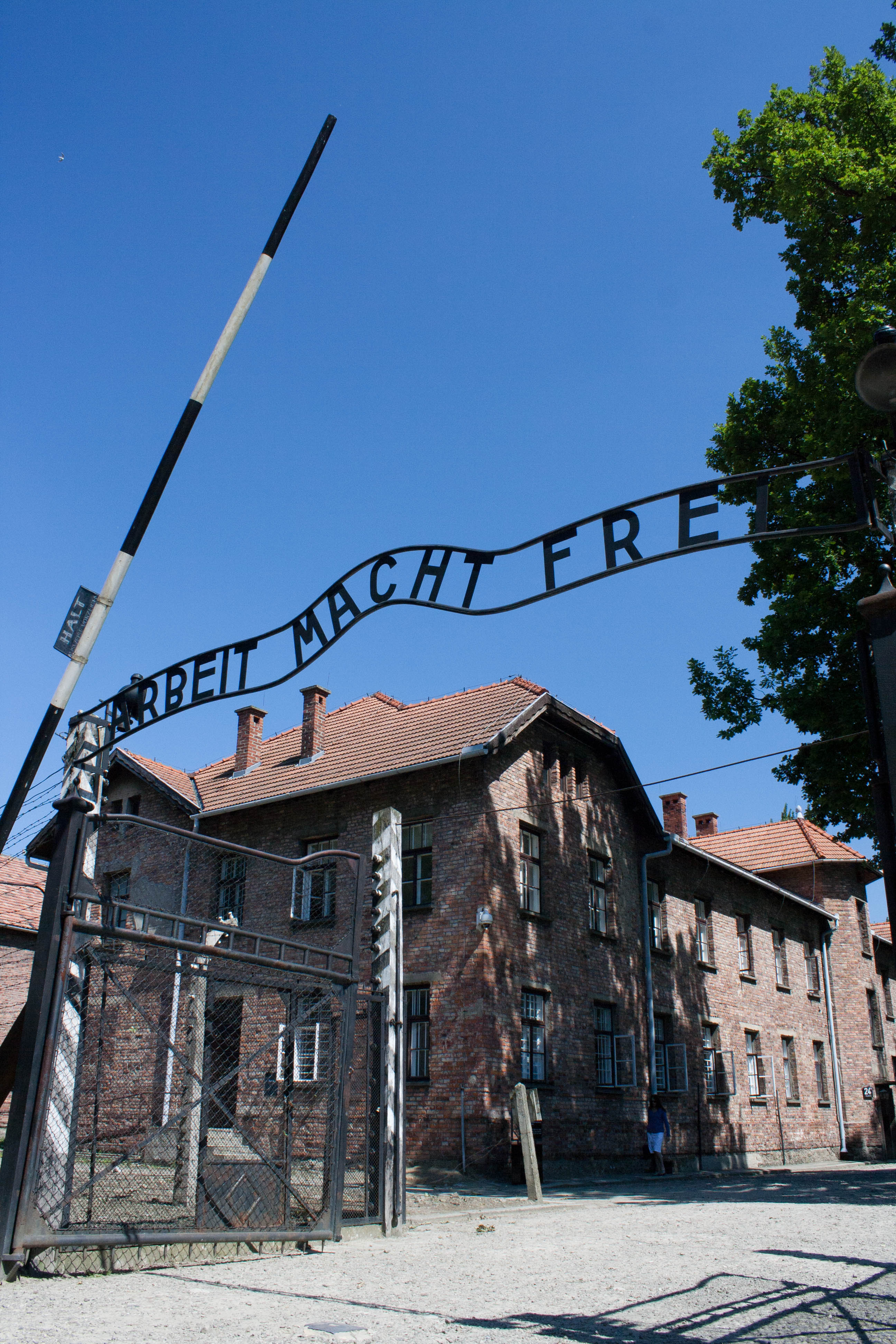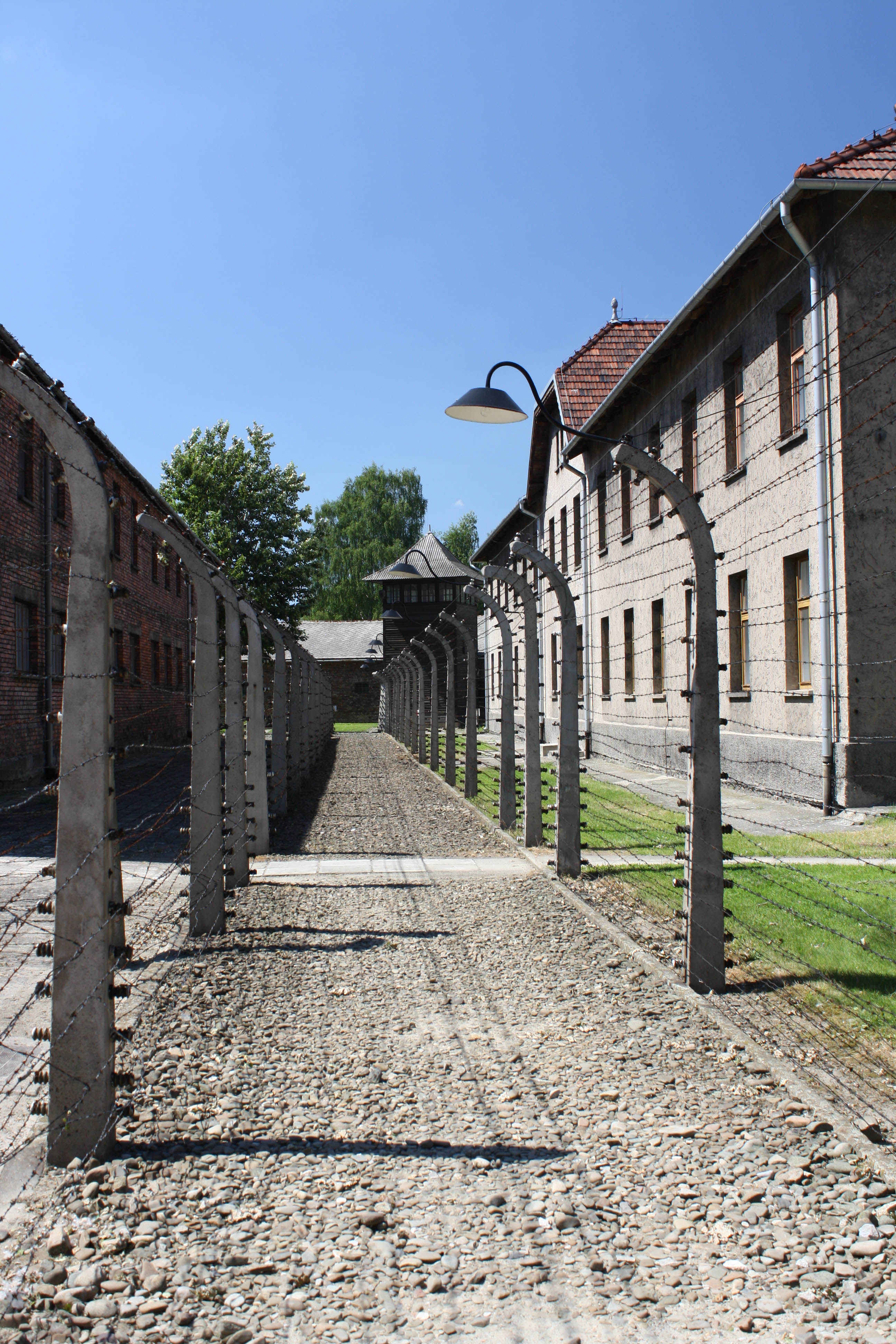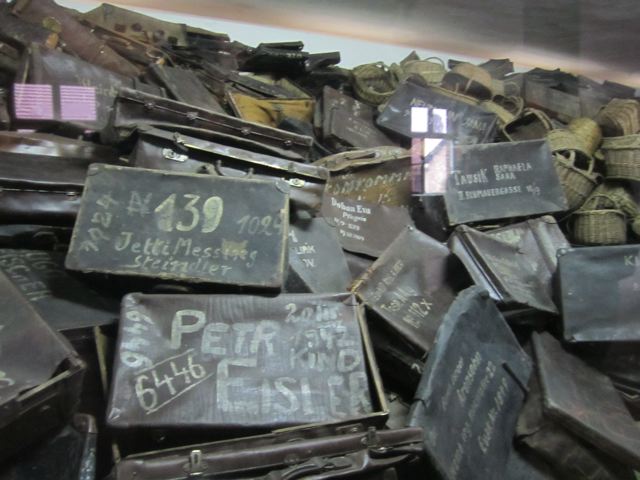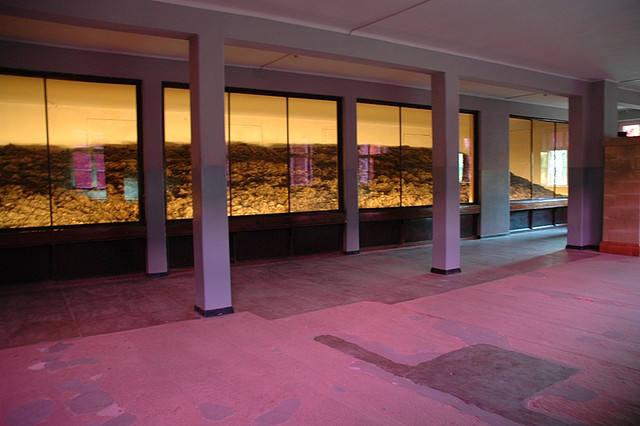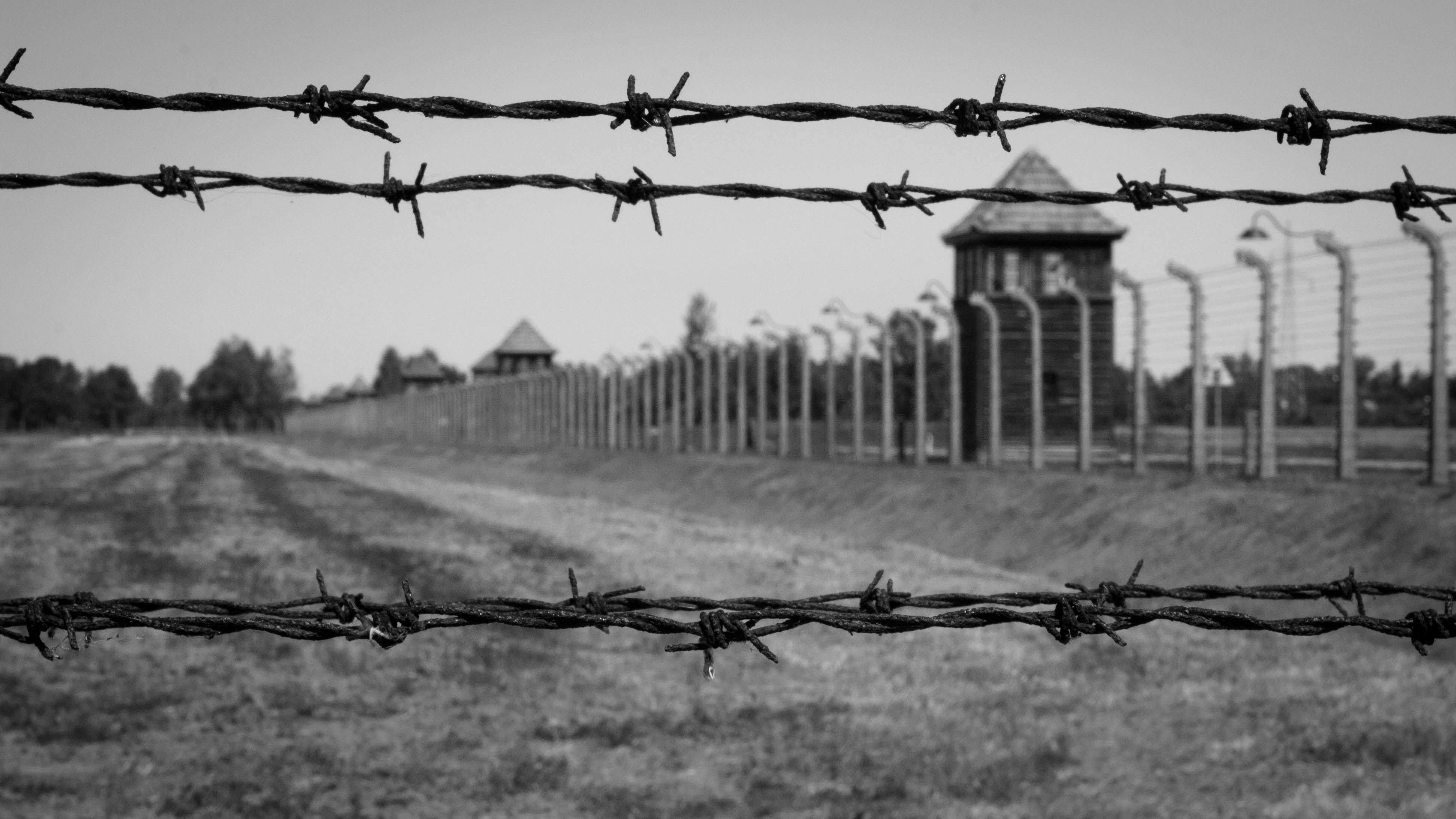Auschwitz and Birkenau, Poland

I got to the train station and bought a round-trip ticket for around 30 Zlotsy and hopped on the first car I saw. The train goes from Krakow to the small town of Oświęcim. (Auschwitz gets its name because it is the German translation for Oświęcim).
Arriving at the train station, I realize I had no idea how to get to Auschwitz. I don’t even know which direction it is – I didn’t bother to look at a map because I had to hurry and make sure I caught the 10:30 am train.
So I just take a right out of the train station and start walking. About ten minutes later, I catch up with a guy from Spain who is doing the same thing. We finally see a sign pointing us in the right direction and fifteen minutes later, we’re there.
From 10:00 am to 3:00 pm, you can’t enter the grounds of Auschwitz unless you’re on a guided tour (because it gets so crowded). Visiting Auschwitz actually take you to two separate concentration camps, Auschwitz I and Auschwitz II – Birkenau. The tour lasts about three hours, with two hours at Auschwitz and one hour at Birkenau.
I got there at 12:25 pm and found out a tour was leaving at 12:30 pm, so I paid 27 zloty (around 9 USD) and followed the guide through the visitor’s center, inside the courtyard. We started off by going through the famous “Arbeit macht frei” (Work makes free) gate. The gate was actually stolen for the first time in December of 2009, but it was recovered a couple of weeks later.
We then passed by a double electrified fence which runs almost the entire width of the camp.
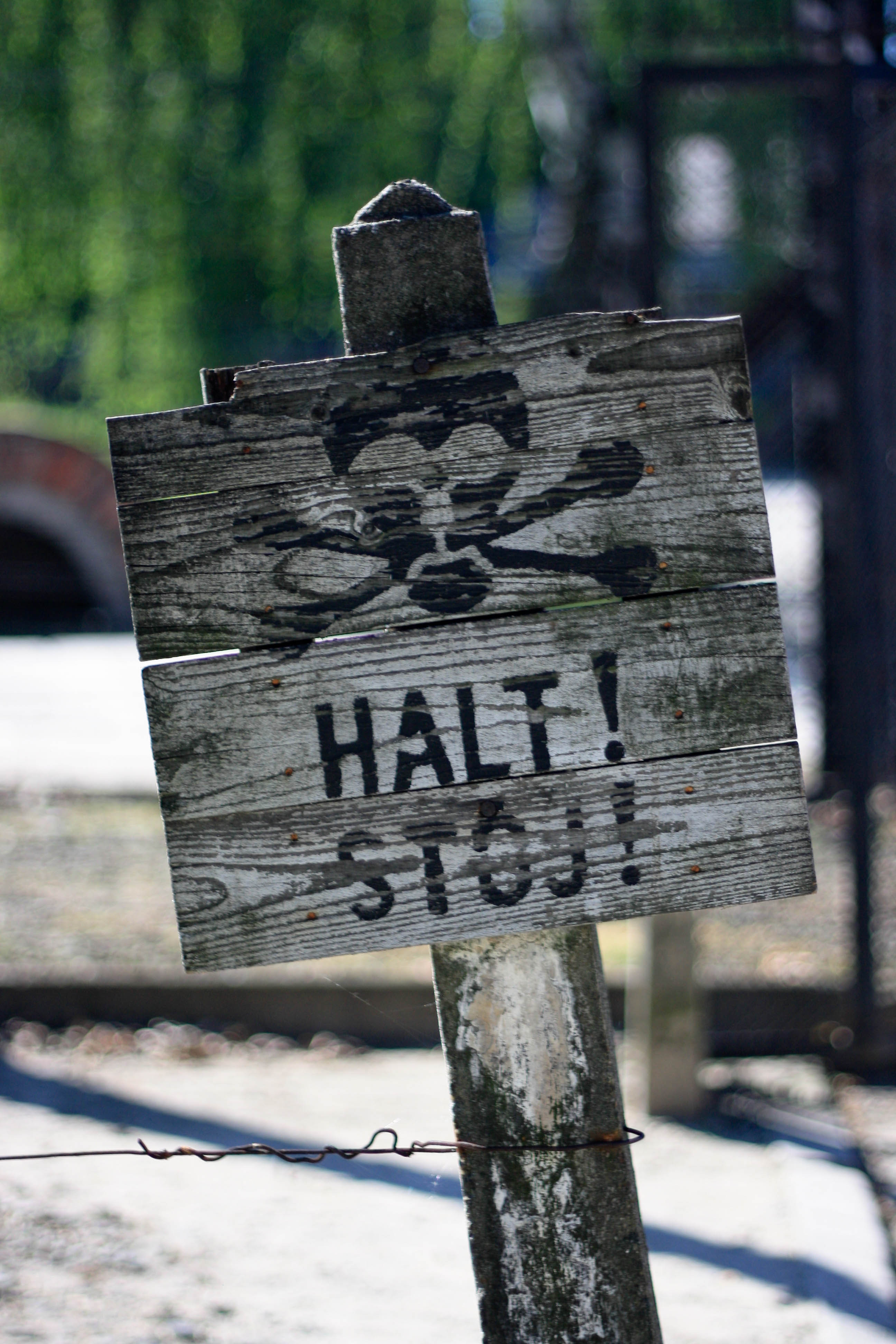
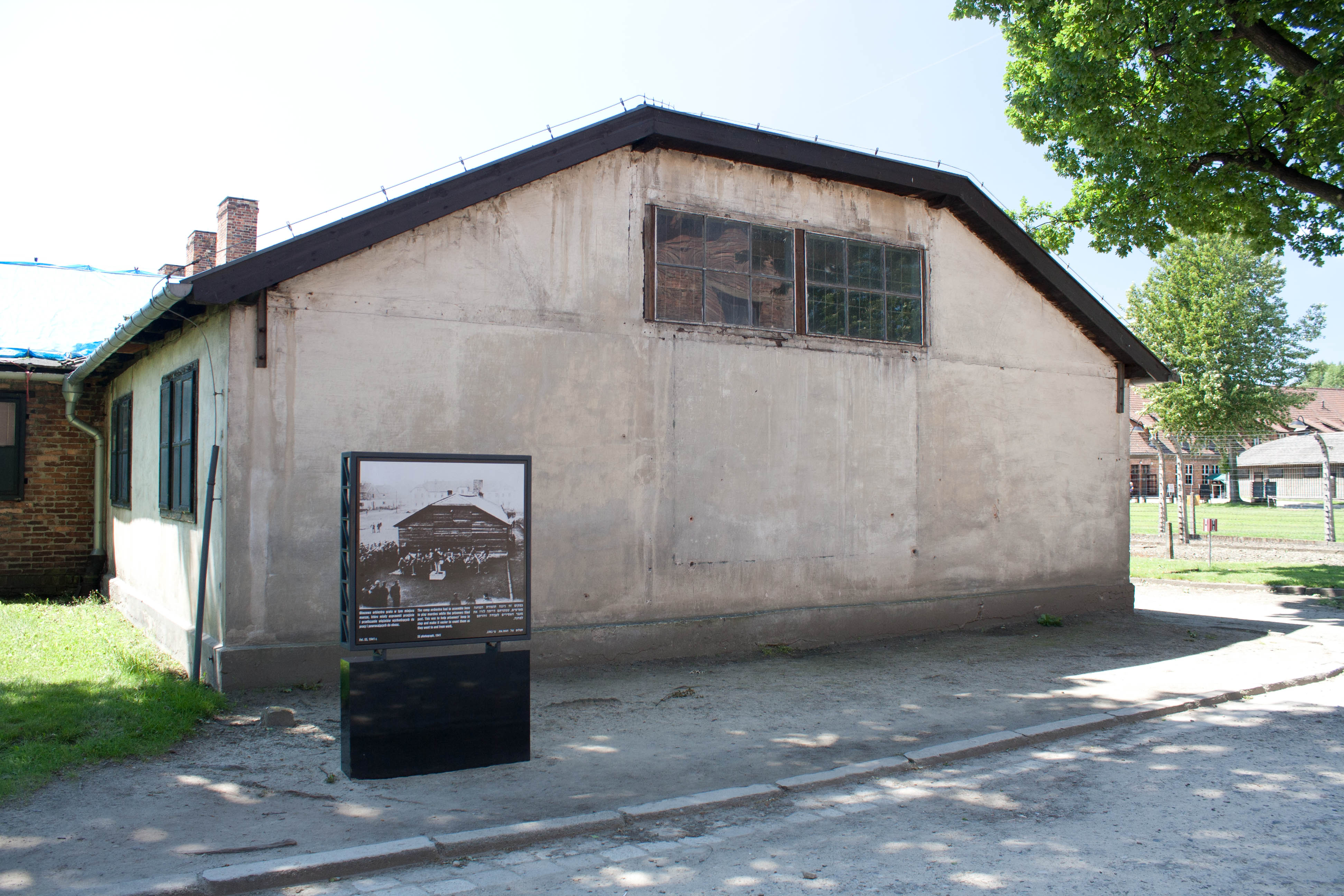
We then went through a number of different indoor exhibits, ranging from the daily life of a prisoner to how they were treated. No pictures were allowed indoors, but I’ve included some pictures I’ve found on the internet. One exhibit, the ‘material evidence of the crimes’ was particularly moving. Inside, there were belongings of the prisoners, including a room full of shoes, suitcases, pots and pans, and artificial limbs worn by the prisoners. After seeing this, it blows my mind that some people think that the Holocaust wasn’t real.
The suitcases have names and dates of birth written on them, as instructed by the Nazi officials, in order to help them locate their belongings later. Of course, they were never returned. Some of the suitcases had dates of 1941, meaning the child was at most four years old when they entered Auschwitz. Children under the age of 14 were sent to the gas chambers immediately.
Right next to it was a room full of human hair, which was cut from the women and girls. It was then shipped back to Germany to be made into cloth.


In the center of the area, the SS officer in charge of the roll-call received reports on the number of prisoners present. If there seemed to be anyone missing, prisoners had to continue to stand at attention until the SS were satisfied – regardless of the weather, sometimes for 12 hours or more.
To intimidate the prisoners, the SS also conducted public hangings here. The largest such execution was carried out on 19 July 1943, when twelve Poles suspected of helping three other prisoners to escape and of maintaining contacts with the outside world were hanged together.
The crematorium at Auschwitz I are the only ones remaining intact. In the ceiling, you could see the holes where the Nazis would drop in the Zyklon B gas pellets. The boiling point of the gas was slightly above room temperature, 78 degrees Fahrenheit, meaning that the warmth of the prisoner’s bodies was enough to activate the gas. Incidentally, the more prisoners that were in the room, the higher the temperature so the faster it worked.
After the tour of Auschwitz I, we took the shuttle over to Auschwitz II – Birkenau for an hour tour. Birkenau is much larger than Auschwitz I and covers nearly 400 acres. It’s a lot bigger than I thought it was; it’s hard to see from one end to other and you could spend over an hour just walking around the perimeter of it.
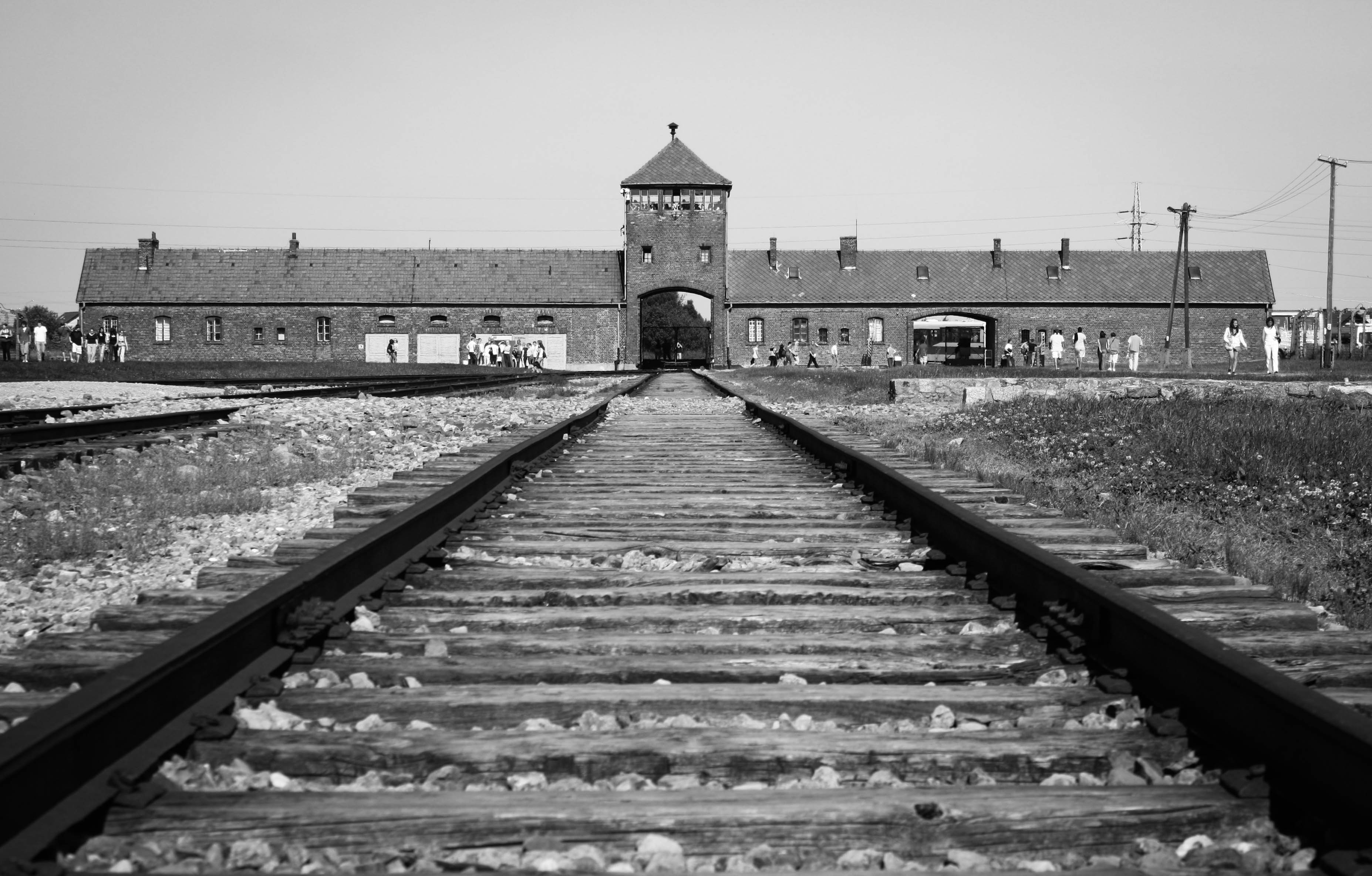

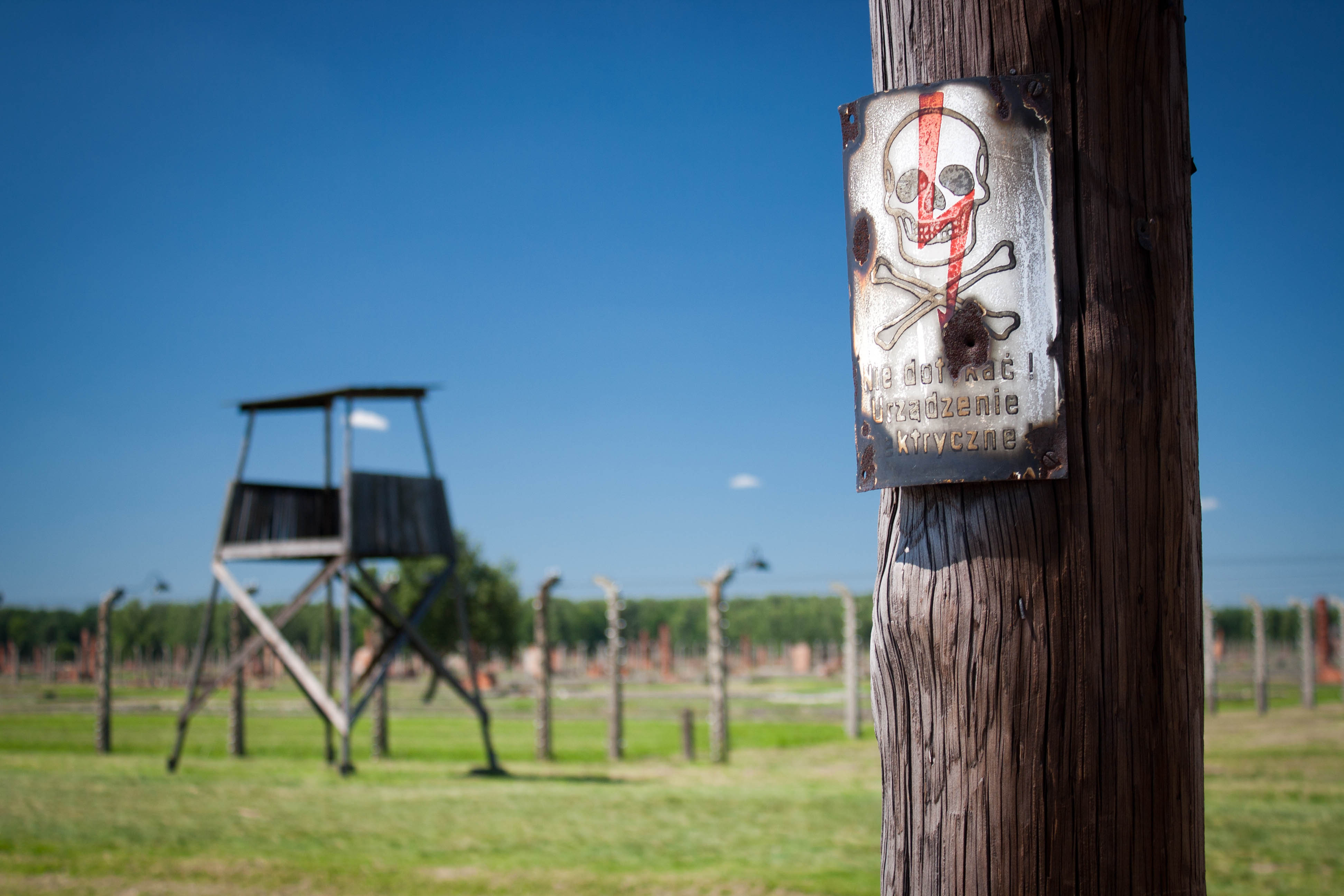
Most of the barracks were destroyed and weren’t preserved, but some remained. Originally meant to be a stable for around 60 horses, up to 200 prisoners slept in the wooden beds.
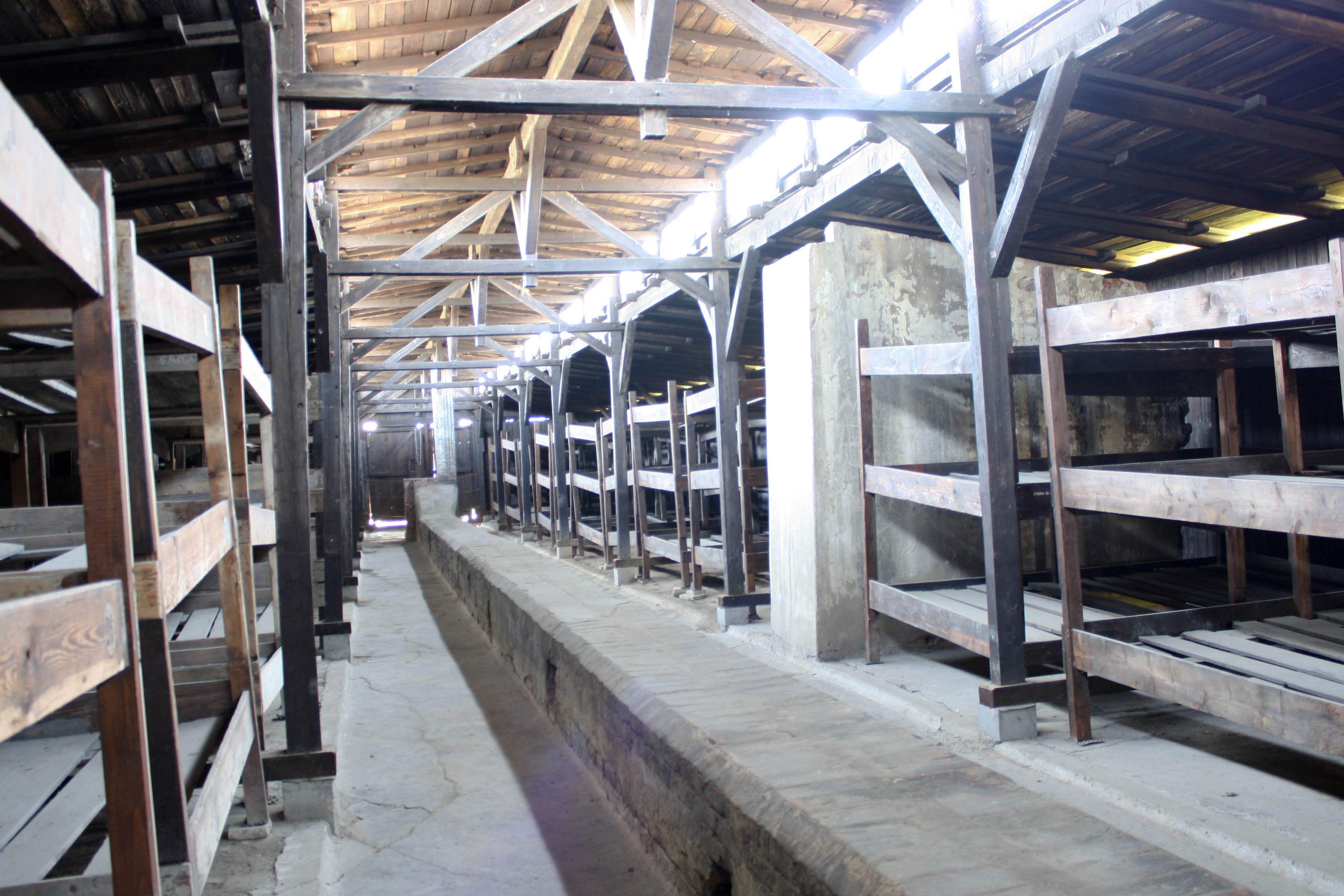
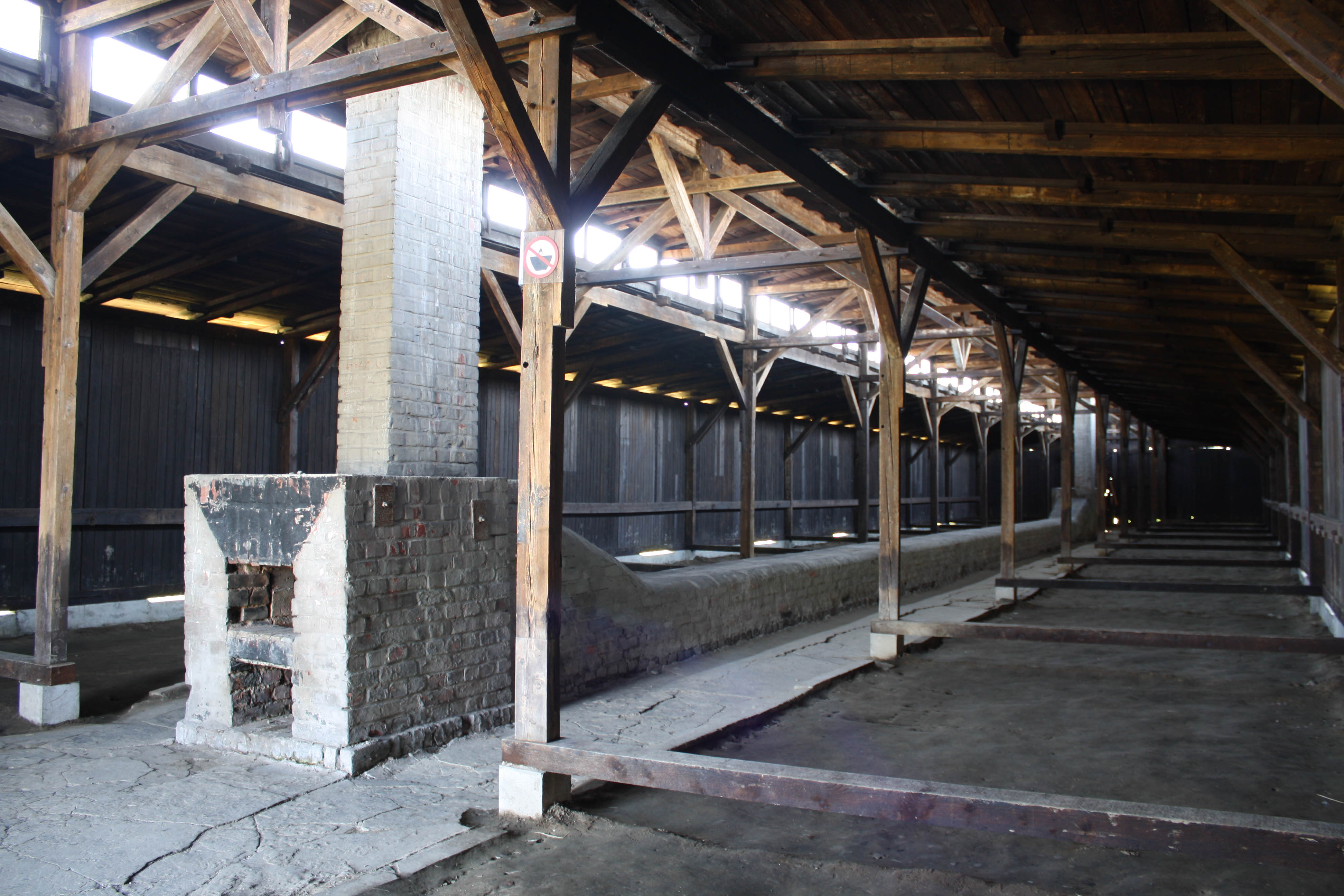
After taking some time to roam Birkenau alone, I left Auschwitz around 6:00 pm. It took about 25 minutes to walk back to the train station and I boarded the 8:30 pm train back to Krakow. I’m thankful I was able to witness Auschwitz, but I’m not in a rush to go back anytime soon.
